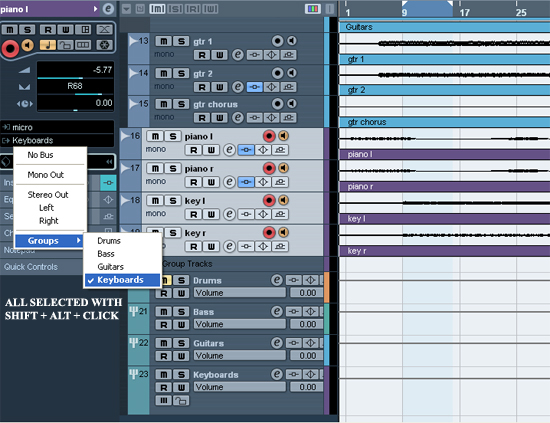

Notable new features include ‘control room’, a feature designed to help create monitor mixes, and a new set of VST3 plug-ins and instruments. In September 2006 Steinberg announced Cubase 4 – the successor to Cubase SX3. In January 2003, Steinberg was acquired by Pinnacle Systems, within which it operated as an independent company before being sold to Yamaha Corporation in December, 2004. Cubase SX also featured real-time time-stretching and adjustment of audio tempo, much like Sonic Foundry’s ground-breaking ACID.

Early versions of Cubase VST did not have this ability.

However, once the new methods of working were learned, the improvements in handling of audio and automation made for a more professional sequencer and audio editor.Ī notable improvement with the introduction of Cubase SX was the advanced audio editing, especially the ability to ‘undo’ audio edits. This version required much relearning for users of older Cubase versions. To address this, a new version of the program, Cubase SX (based on Steinberg’s flagship post-production software Nuendo) was introduced, which dramatically altered the way the program ran. By the time it did, VST’s audio editing ability was found to be lacking, when compared with competitors such as Pro Tools DAE and Digital Performer MAS. Cubase VST was offering a tremendous amount of power to the home user, but computer hardware took some time to catch up. It added Virtual Studio Technology (VST) support, a standard for audio plug-ins, which led to a plethora of third-party effects, both freeware and commercial.Ĭubase VST was only for Macintosh and Windows Atari support had been effectively dropped by this time, despite such hardware still being a mainstay in many studios. Initially Cubase, which featured only MIDI, and which was available on the Atari ST, Macintosh and Windows.Īfter a brief period with audio integration, the next version, Cubase VST, featured fully integrated audio recording and mixing along with effects. Cubase has existed in three main incarnations.


 0 kommentar(er)
0 kommentar(er)
